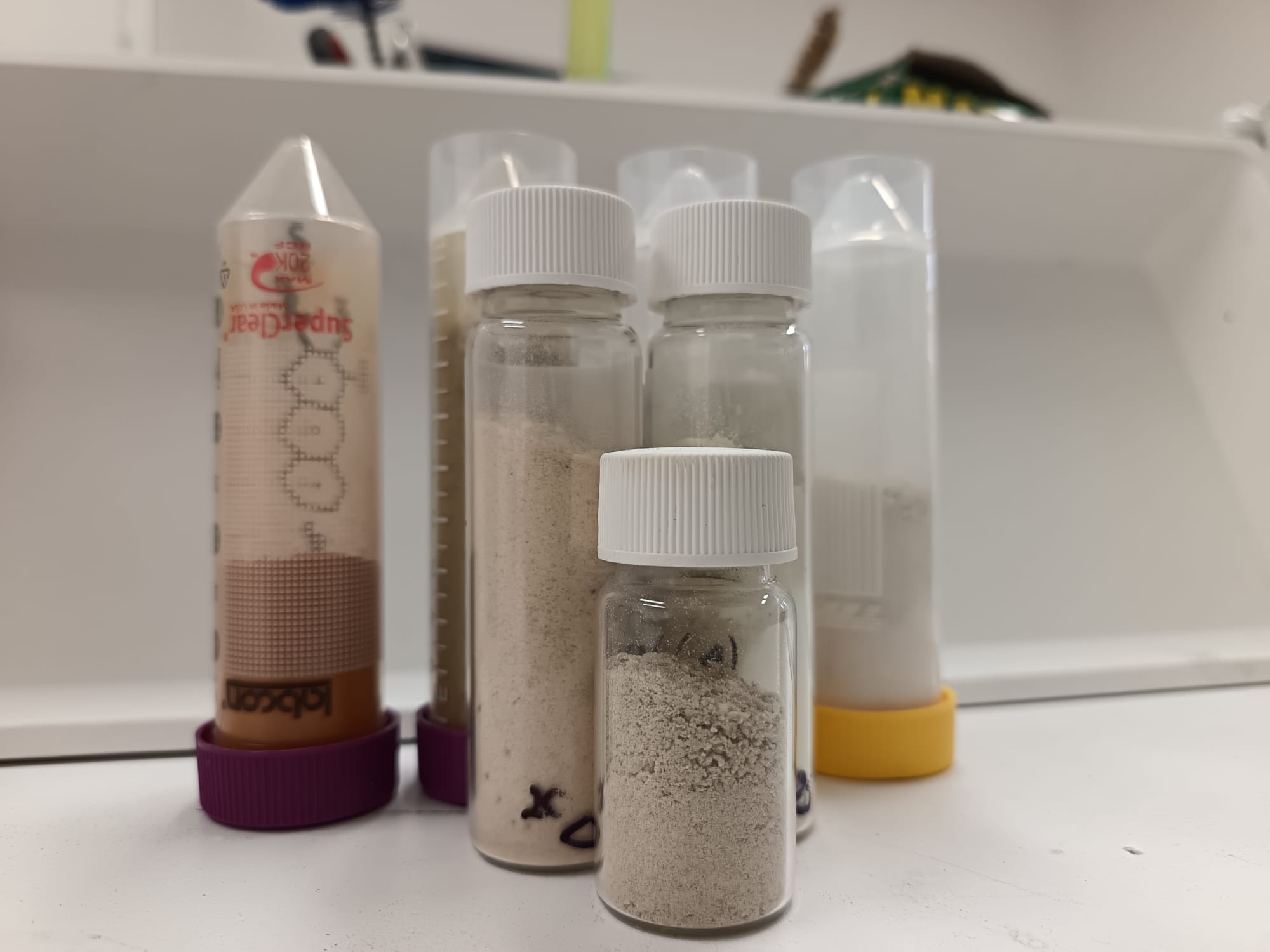At INO-HUB Energy, we are deeply committed to developing innovative electrolyte alternatives based on aqueous-soluble redox-active organic molecules. Organic chemistry unlocks the potential for creating electrolytes from earth-abundant elements, fostering sustainable and environmentally friendly solutions.
One of the key advantages of these organic molecules is their high tunability. Their electrochemical properties—such as redox potential, solubility, and cycle life—can be optimized through targeted chemical modifications. Moreover, aqueous organic redox flow batteries (Aqueous Organic RFBs) stand out for their ability to operate across a broader temperature range, making them suitable for diverse climates and conditions.
Despite these advantages, challenges remain, such as improving the stability of organic molecules, reducing synthesis costs, and enhancing solubility. At InoHub, we are addressing these concerns by exploring new chemistries based on different redox-active organic molecules, including:
- Quinones: This family, inspired by biological electron transport systems (e.g., photosynthesis), includes hydroquinones, anthraquinones, and benzoquinones. Quinones offer high reversibility, fast kinetics, and two-electron redox reactions, and they remain stable under acidic and basic conditions. However, their limited solubility and potential side reactions present challenges.
- Viologens: Viologens feature high solubility, fast kinetics, and tunable properties. However, the limited stability of the second electron transfer complicates their broader implementation.
- Phenazines: These molecules provide two usable electrons and a high redox potential, making them suitable for high-energy-density RFBs. They are stable under alkaline conditions but tend to experience side reactions during extended cycling.
- Ferrocene Derivatives: These organometallic catholytes offer extremely fast kinetics and high reversibility. Their main drawback is their limited solubility in water.
- TEMPO Derivatives: As nitroxyl radicals, TEMPO derivatives are used as catholytes due to their high redox potential and solubility in water. However, their limited stability in aqueous solutions remains a concern.
- Other Families: Smaller families, such as flavins and azobenzenes, are also gaining the attention of researchers due to their unique redox properties and potential applications.
- Phenazines: present two usable electrons and high redox potential suitable for a high energy density RFB. They are stable at alkane conditions but show tendency for side reactions over extended cycling
- Ferrocene: organometallic catholyte with extreme fast kinetics and high reversibility. Main problem is the limited solubility in water.
- TEMPO derivatives: nitroxyl radical used as catholyte due to his high redox potential and high solubility in water, the main concern is the limited stability in water.
- There are other small families such the falvins or the azobenzenes that are on the focus of researchers.
ACKNOWLEDGEMENT:
This work was supported by the project: IPCEI_IE_FLOW_BESS_012021_2. phase


